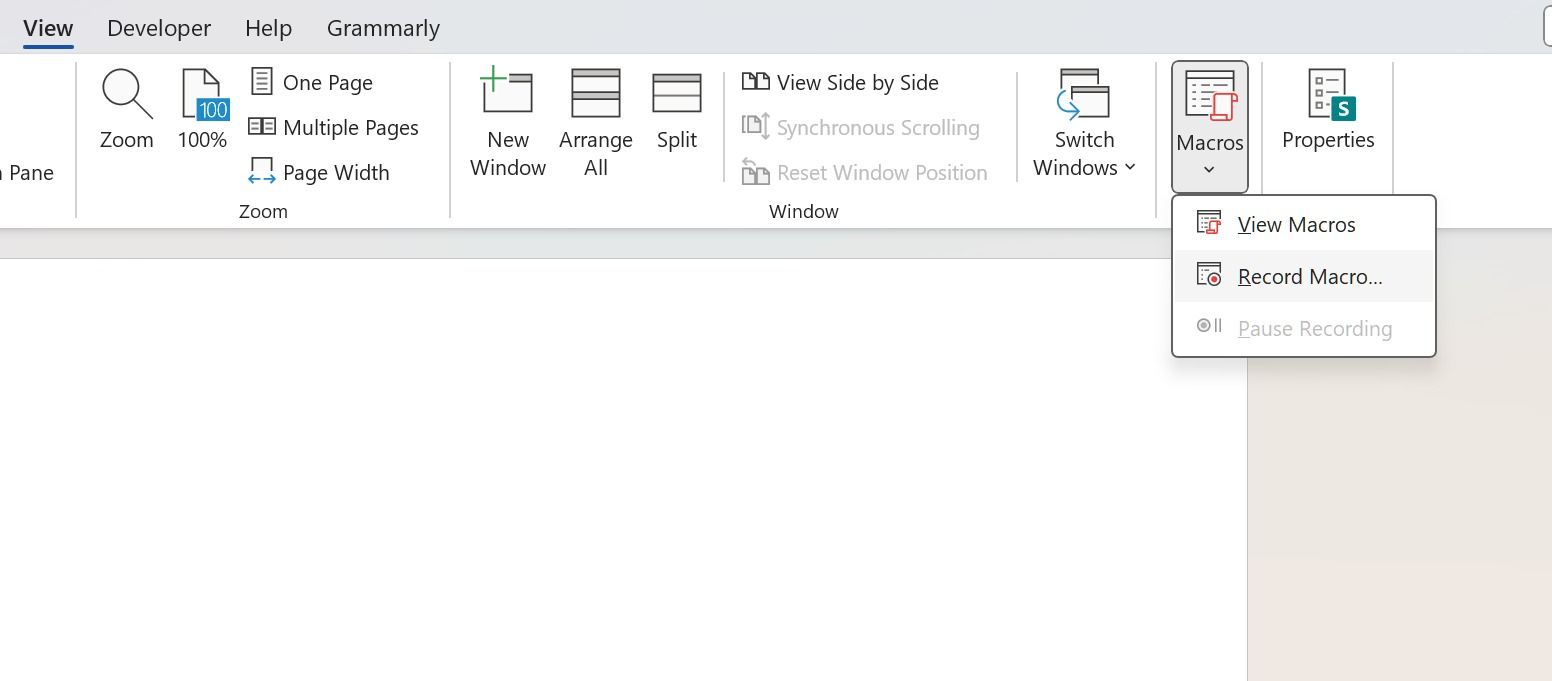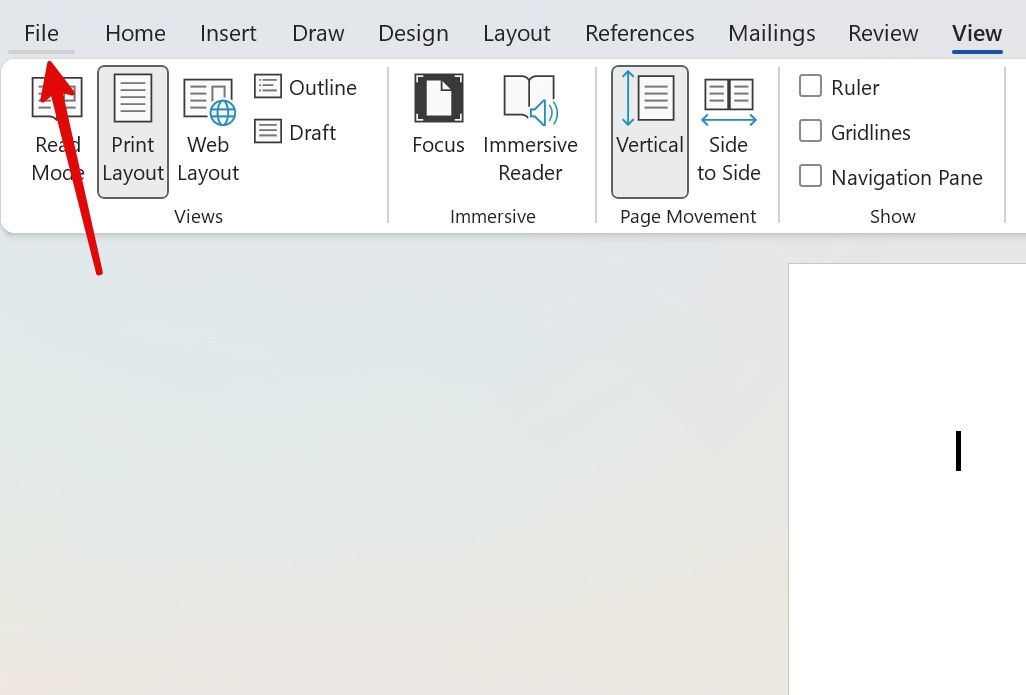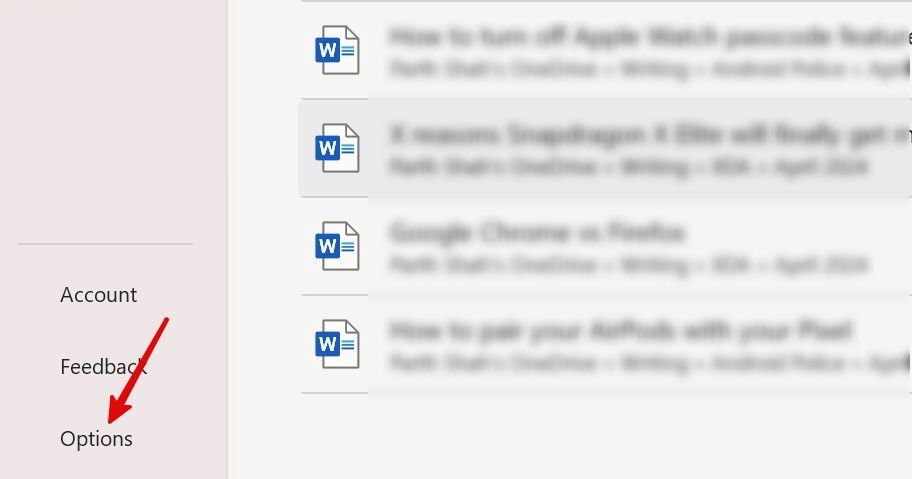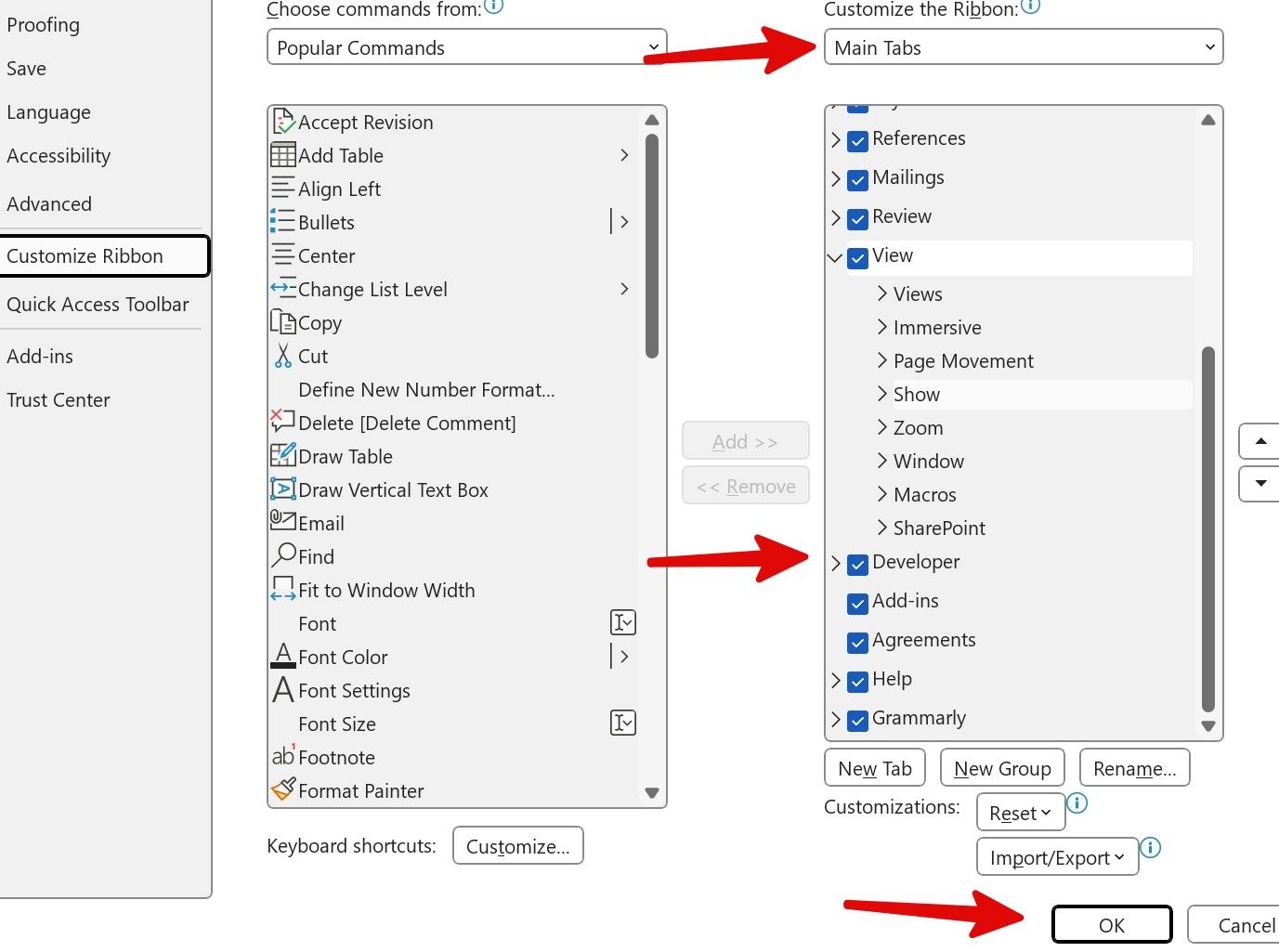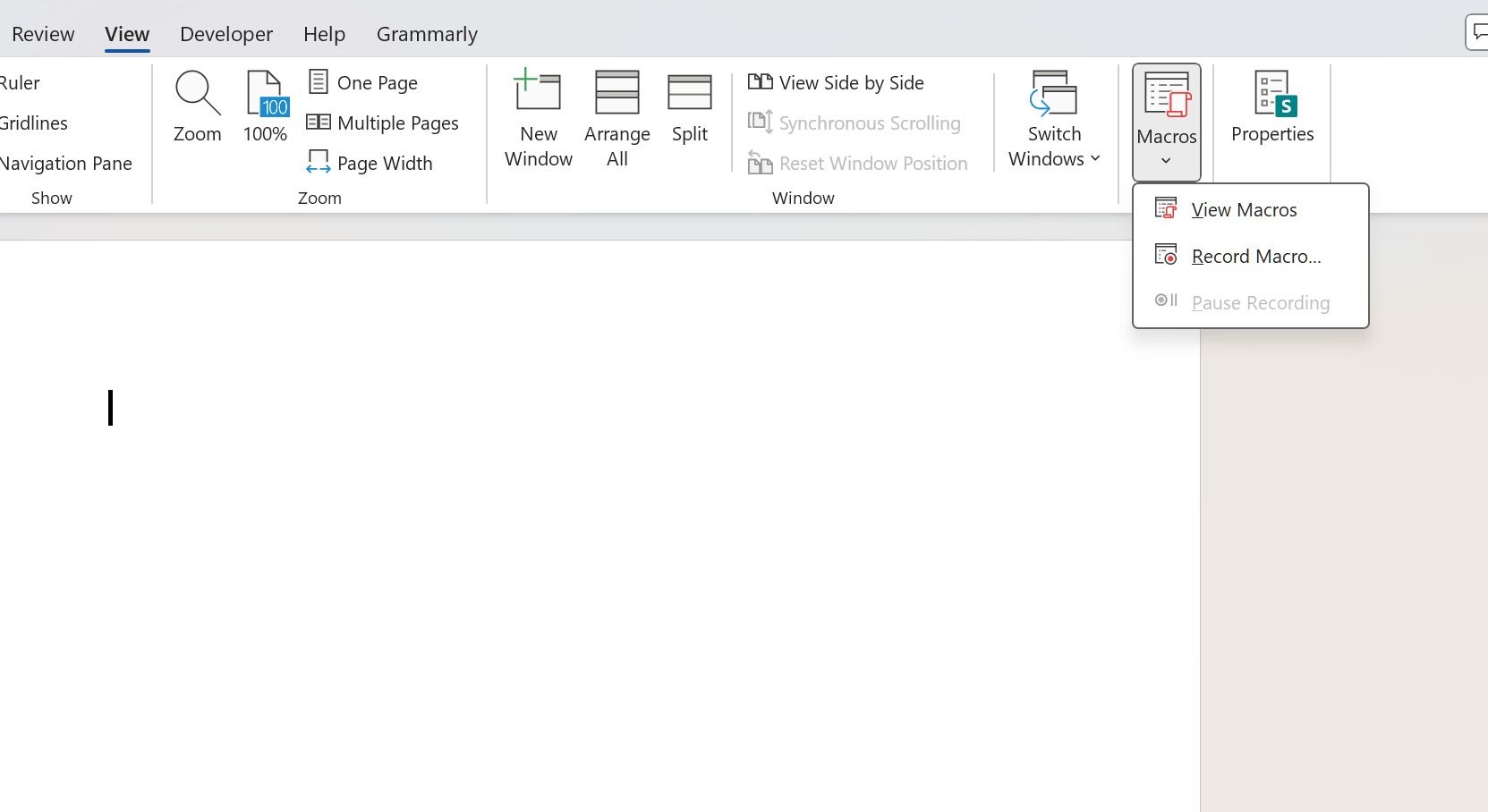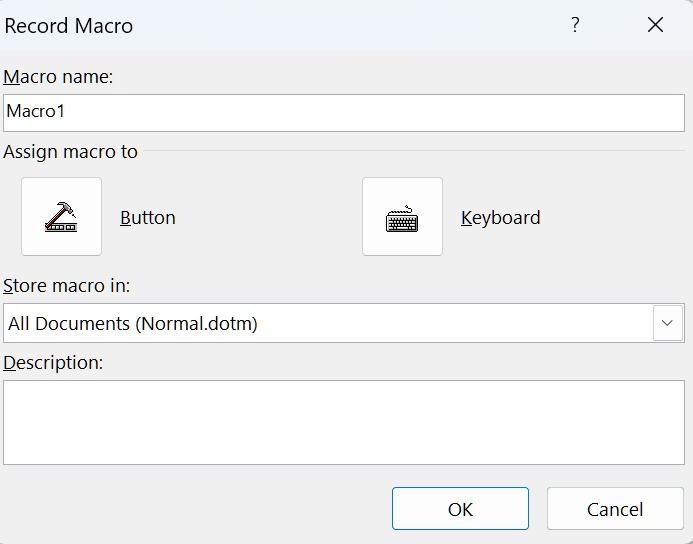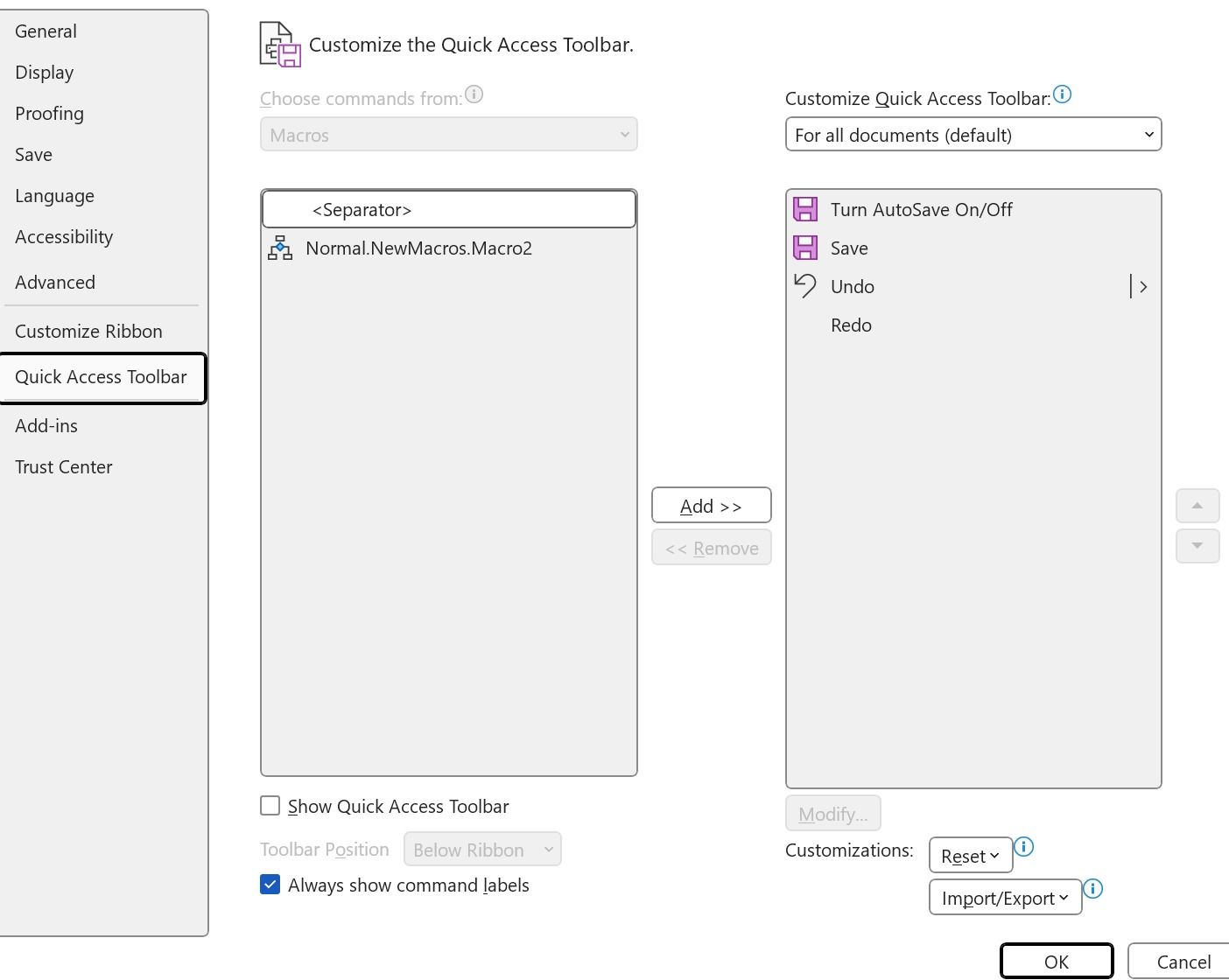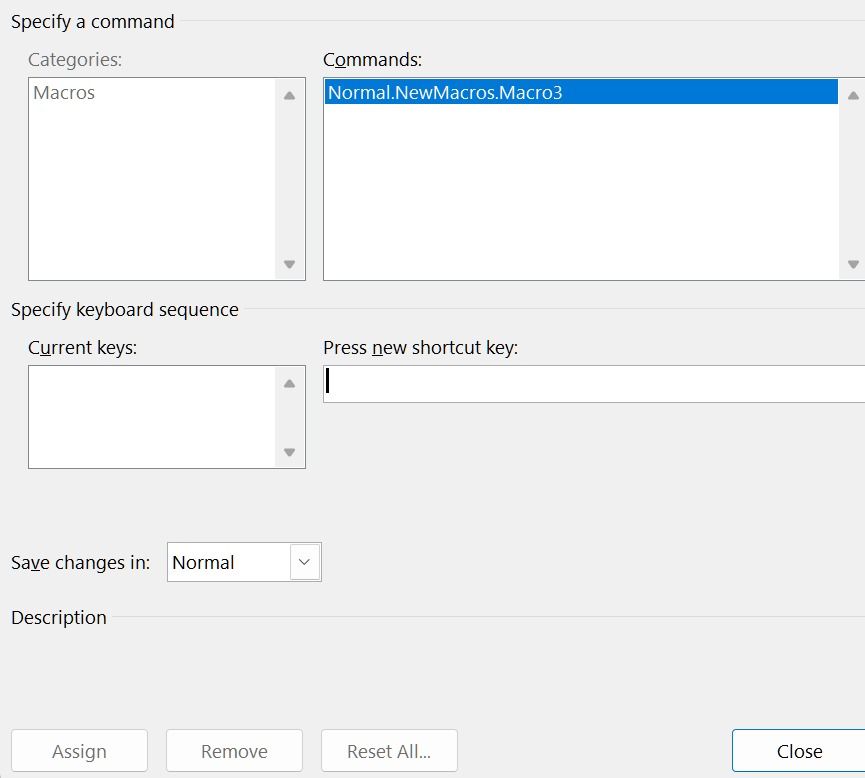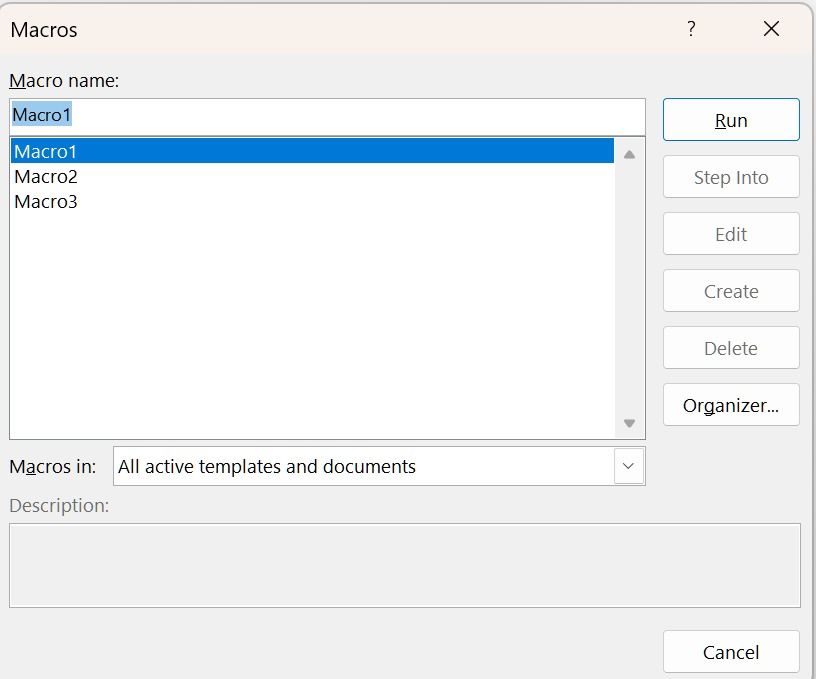Although Microsoft 365 apps have been available for years, users are still unfamiliar with some of their useful functions. Macros are one feature that stays under the radar but is handy for performing repetitive tasks and processes. If you are unfamiliar with Word macros, we cover everything about Word macros and offer step-by-step instructions for recording and using them in your documents.
Microsoft has Word apps for the desktop, web, iPhone, and
Android
. You can record and use macros only on the Windows and Mac apps. We use Microsoft Word for Windows in the screenshots below.
Microsoft Word macros defined
A macro is a series of actions and commands you store and run when you execute a complex task. If you want to use a series of actions in your Word document repeatedly, record a macro for the sequence and save it for the existing or all documents.
Macros are handy when performing several tasks, such as formatting text, adding pre-formatted tables, inserting content, and more within a document. A macro is a one-click magic that has the program complete tasks for you.
How do macros work in Word?
Word macros use Visual Basic for Applications (VBA) language to record a script. You don’t need to learn a programming language to create macros. The built-in macro recorder tool does the heavy lifting in the background and does the job without making you write a single code.
All you do is start the macro recorder, perform a series of actions with your mouse and keyboard, and stop recording to save the sequence. The system generates the VBA code for the macro automatically.
You can assign a key combination or button to your newly recorded macro and run it anytime. You can pin a macro to the Word toolbar and run it with a single click.
Why should you use macros in Microsoft Word?
Before we check Word macros in action, let’s review the top reasons for integrating them into your workflow.
Uniform document formatting
Macros standardize formatting across your documents. Whether you create a business proposal, client letter, or invoice, apply a predefined set of headers, footers, or a company logo and use macros to ensure a standard and professional look across documents.
Automate repetitive tasks
Do you often use a specific formatting style or insert the same media files in your documents? Record a macro in Word and automate the process with a single click.
Run complex calculations
Macros can run calculations, analyze data, and create reports based on your document content.
Where can I access macros in Word?
There are several ways to access macros in Microsoft Word. You can check it from the View menu or the Developer settings. Slide to the View menu and find the Macros option.
If you don’t see Macros under the View menu, follow the steps below.
- Launch a Word document and select File in the upper-left corner.
- Select Options.
- Select Customize Ribbon and go to Main Tabs under the Customize the Ribbon menu.
- Scroll down and select Developer. Click OK to close the menu.
- Find and select the Developer tab in Word and check your macros list, options like record/pause macro, and macro security.
Record macros in Microsoft Word
Now that you know how Word macros work, let’s record one using the steps below.
- Access the Macros option in your Word documents (refer to steps in the section above).
- Select Record Macro.
- Give it a relevant name. Add a description to reflect the purpose of the macro.
- Store the macro in all documents or limit it to the current document.
- Assign a button or a keyboard shortcut to a macro. When you choose the former, it opens the Customize the Quick Access Toolbar menu.
- Select Add to slide it over the right window. Assign a new icon to the macro if you want.
- Click OK and start recording. The key for the new macro appears at the top toolbar for easy access.
- If you assign a keyboard shortcut, assign a keyboard sequence from the following menu. Select Press new shortcut key and press your preferred key combination. Word notifies you if an added key combination is being used.
- Click Assign and start recording a macro.
- Perform actions such as typing, formatting text, inserting media, adding tables, and other actions you want to record and automate.
- Click Macros at the top and select Stop Recording.
- From now on, you can open Macros in Word, glance over your existing macros, and run them at your convenience. You can also delete and edit your macros from the same menu.
Complete your Microsoft Word setup
If you are tired of going through the same routine in Word documents, create a macro to simplify your workflow. Apart from macros, explore the best Microsoft Word templates to get a jump-start on drafting a document. What are you waiting for? Create several Word macros and use them to save time and boost productivity. Also, consider the security risks if you plan to import macros from untrusted sources.





